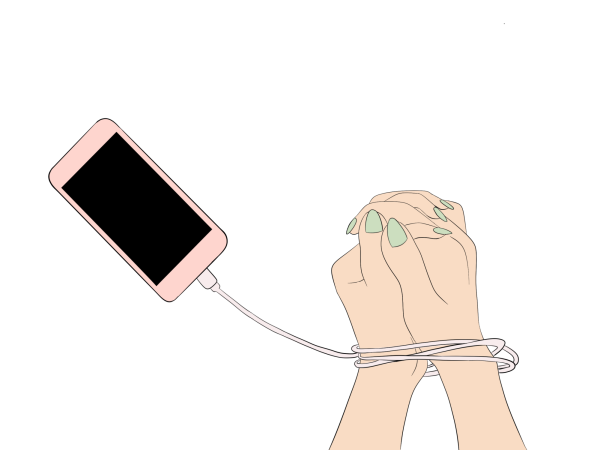Year-round school more beneficial to students
November 12, 2019
Most schools have the traditional school schedule, where students get a 60 day summer vacation, 70 days of learning without a significant break, 3 day break for Thanksgiving, 15 more days of learning, 10 days of winter break, 55 days of more learning, 5 day spring break, 40 more days of learning and repeat. The balanced schedule has 30 days of summer vacation, 45 days of learning, a 15 day fall break, 30 days of more learning, then 3 days for Thanksgiving, 15 days of learning until you get a 15 day winter break, then 45 days of learning, 15 day spring break, 45 more days learning, repeat. Most prefer traditional.
Of the 122 who took a survey, 75% preferred the traditional school schedule. Some said traditional only because the students didn’t want change from what they are used to. Abby Pierce, sophomore, says traditional because she “feel[s] like the summer vacation gives students [time] to have fun and be free without having to worry about if they finished their homework or studied for a test. It gives them time to go on vacation and enjoy the summer”.
Only 25% preferred the balanced year-round schedule. Rowan Farha, sophomore, says “short breaks (a few weeks) interspersed throughout a school year would be a lot smarter. Most of us are extremely bored by the time August hits, and then the immediate impact of massive amounts of school is very stressful and sudden. If it was year round there wouldn’t be time for boredom but still plenty of time for fun vacations and relaxation. I love summer break, but it just isn’t healthy.” Most agreed and thought it would be less stressful with the more frequent and longer breaks.
Year-round school is more beneficial to learning because with the shorter and more dispersed breaks, students don’t lose as much information. After a 60 day break, students spend the first month or two reviewing what we already have learned in the past. If we went year-round, there would be less of that and there would be more actual learning, increasing the amount of learning and therefore increasing the amount of knowledge we have. The intelligence of America would most likely increase if we went to a balanced year-round schedule.







